University enrollment trends in the U.S. are changing due to new technology, flexible learning options, and shifts in student demographics. Colleges are using AI, online programs, and micro-credentials to attract more students while also facing challenges like fewer high school graduates and rising costs.
Table Of Contents
Understanding university enrollment trends is crucial as U.S. colleges face major shifts in student behavior, technology use, and population changes. This blog highlights the positive innovations and ongoing challenges shaping the future of college admissions, from AI-driven processes to declining high school graduate numbers.
Key University Enrollment Trends in the USA
University enrollment trends reflect how student enrollment patterns are changing in the U.S. due to technology, rising costs, and shifting demographics. While AI tools and virtual tours are making admissions more accessible, challenges like high tuition, fewer high school graduates, and visa issues are impacting overall growth.
Positive University Enrollment Trends
AI and Automation Streamlining Admissions
Universities are using AI tools to make the admissions process faster and more efficient. For example, the University of North Carolina at Chapel Hill used AI to handle a 57% rise in applications between 2019 and 2024 by automating essay and recommendation reviews. EDMO Document Intelligence further improves this process by boosting application-to-enrollment rates by 5%.
Personalized Communication Boosts Student Engagement
Tailored emails and targeted messages are helping universities connect better with applicants. Around 87% of students said personalized communication influenced their decision during the admission process.
Virtual Campus Tours Increase Interest
Many universities now offer virtual tours that let students explore the campus from home. These tools are effective—students who take a virtual tour are 3.9 times more likely to later visit the campus in person, increasing the chances they’ll enroll.
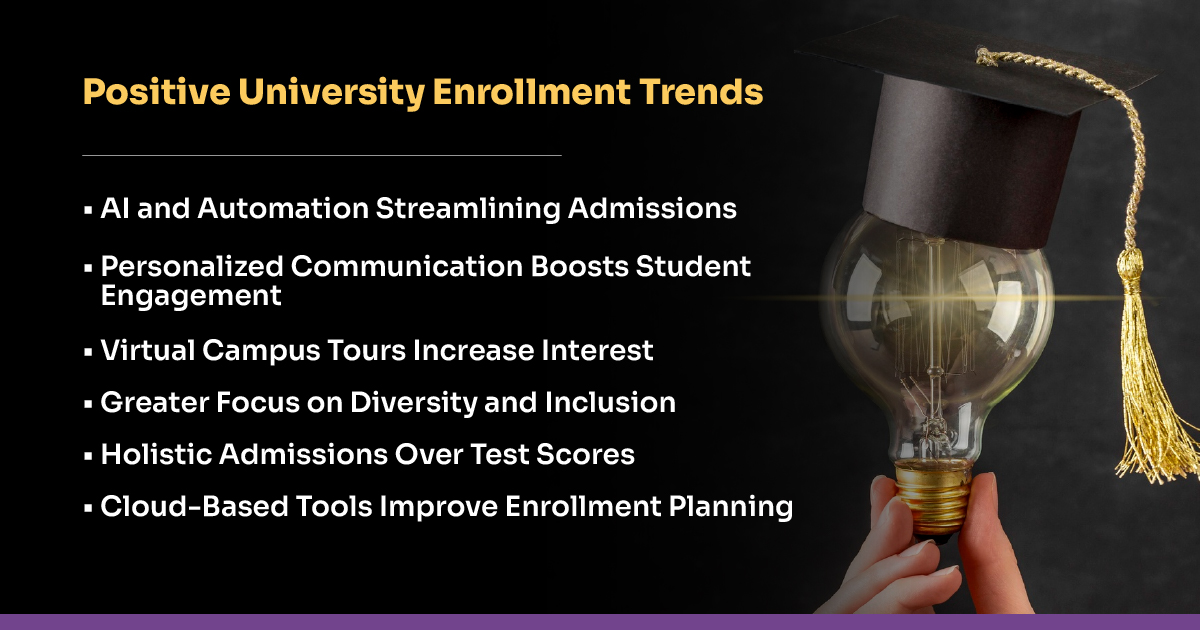
Greater Focus on Diversity and Inclusion
Institutions are improving diversity through inclusive programs and faculty hiring. By 2025, 88% of university leaders reported that their campuses had either maintained or increased diversity levels.
Holistic Admissions Over Test Scores
Over 80% of U.S. four-year colleges won’t require SAT/ACT scores for Fall 2025, according to FairTest. With at least 1,825 schools going test-optional, more weight is now given to essays, activities, and recommendations, making admissions fairer and more student-focused.
Cloud-Based Tools Improve Enrollment Planning
Over 90% of colleges are using cloud-based analytics to track trends and improve recruitment strategies. These systems allow real-time insights, helping institutions adjust their outreach and boost enrollments effectively.
Negative University Enrollment Trends
Rising Tuition Costs Limiting Access
Tuition and fees at public universities rose by 2.7% in 2024–25. These increasing costs are making college less affordable, discouraging many students from enrolling.
Domestic Enrollment is Declining
The number of first-year U.S. students aged 18 fell by more than 6% from Fall 2023 to Fall 2024. This reflects growing concerns about the value and cost of a college education.
More Applications, But Fewer Admissions
Top business schools got more applications in 2023–24 but admitted fewer students. Schools like Harvard and Stanford cut class sizes, making competition harder. Even with high interest, fewer students enrolled, and yield rates fell from 64.3% in 2016 to 49.8% in 2024.
Visa Challenges for International Students
Complicated visa processes are delaying or even blocking international student enrollments. About 21% of applicants delayed joining due to visa issues, and 45% missed orientation due to processing delays.
University Enrollment Predictions in the USA
University enrollment predictions show that changes in technology, student populations, and learning styles are shaping how students apply to colleges. Here are the main positive and negative trends expected in the coming years.
Positive Predictions
AI is Enhancing Application Efficiency
Many U.S. universities now use AI to review important parts of student applications—like transcripts (71%), recommendation letters (73%), and even applicant communication (61%). This helps schools process more applications quickly and improves the overall efficiency of admissions.
Micro-Credentials Driving New Enrollment Growth
More than half of U.S. universities offer micro-credentials—short, flexible courses that count toward a degree. With 80% of schools planning to expand these programs, they are expected to bring in more working adults and non-traditional students, boosting enrollment in the coming years.
Negative Predictions
Growing Concerns About AI Bias in Admissions
As more schools use AI to make admission decisions, worries about fairness are growing. Around 49% of faculty and administrators are concerned about bias in AI tools, up from 36%. If not addressed, this could reduce student trust in the admission process.
Demographic Decline Threatens Future Enrollment
The number of U.S. high school graduates is expected to peak at around 3.8–3.9 million in 2025 and then steadily drop until 2035. This decline—known as the “demographic cliff”—will likely lead to fewer traditional college applicants and lower overall enrollments.
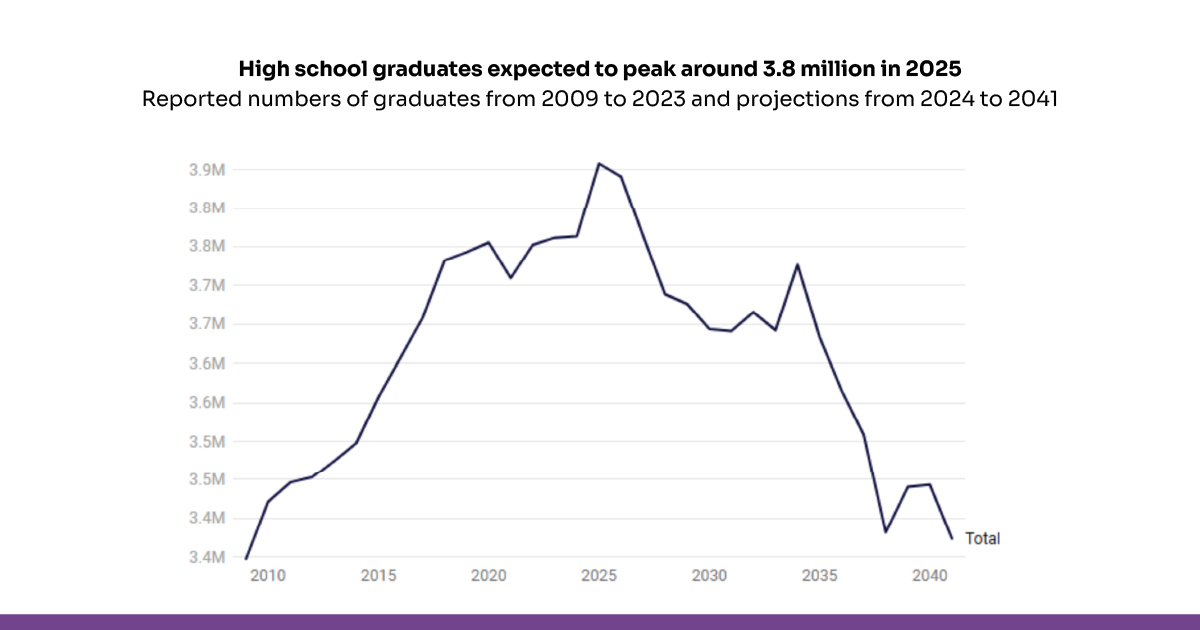
Good and Bad Aspects of the Enrollment Process at USA Universities
The U.S. university enrollment process offers benefits like flexibility, scholarships, and advanced systems—but also comes with challenges such as high costs, complex deadlines, and visa hurdles.
| Aspect | Good | Bad |
| Application Flexibility | Multiple intake seasons (Fall, Spring) and rolling admissions available. | Different deadlines and formats across universities can confuse students. |
| Holistic Admissions | Focus on overall profile — essays, recommendations, extracurriculars. | Can be subjective; strong candidates may be overlooked due to lack of standardized metrics. |
| Test-Optional Policies | Over 2,000 universities now test-optional, reducing pressure on standardized exams. | Students unsure whether to submit scores or not; some programs still prefer test results. |
| Visa and Documentation | Universities often guide students with visa letters and I-20 support. | US visa approval process is unpredictable and can delay enrollment. |
| Micro-Credentials and Flexibility | Stackable degrees and micro-credentials offer new learning paths. | Not all employers or countries recognize micro-credentials equally. |
| AI in Admissions | AI tools speed up application reviews and help match applicants with suitable programs. | Risk of bias in AI algorithms and lack of transparency in decision-making. |
Conclusion
Understanding the good and bad aspects of the U.S. university enrollment process helps students prepare better for their academic journey. While flexibility, holistic admissions, and scholarship options make the process attractive, challenges like rising costs and visa issues remain. As university enrollment trends continue to evolve with technology, global recruitment, and test-optional policies, staying informed about the latest university enrollment predictions will be key to making smart decisions and navigating the process smoothly.
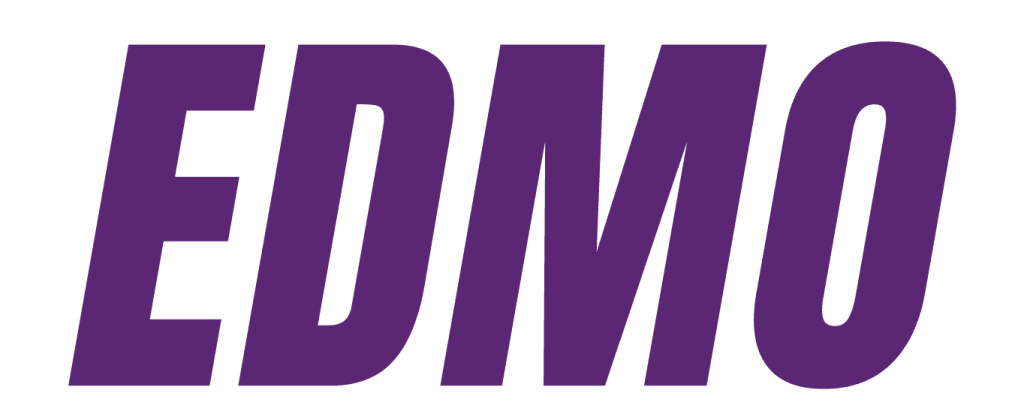
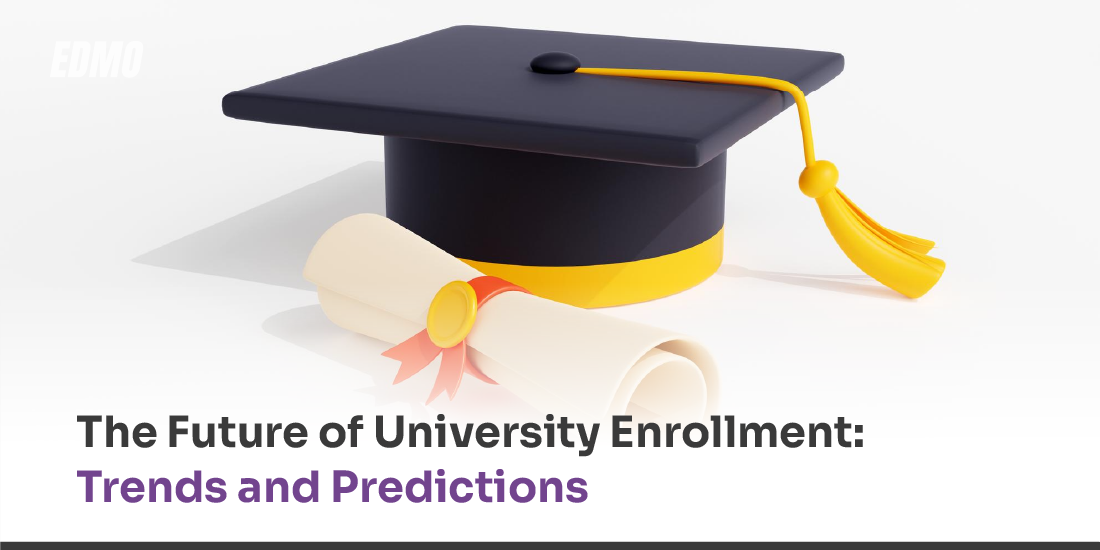
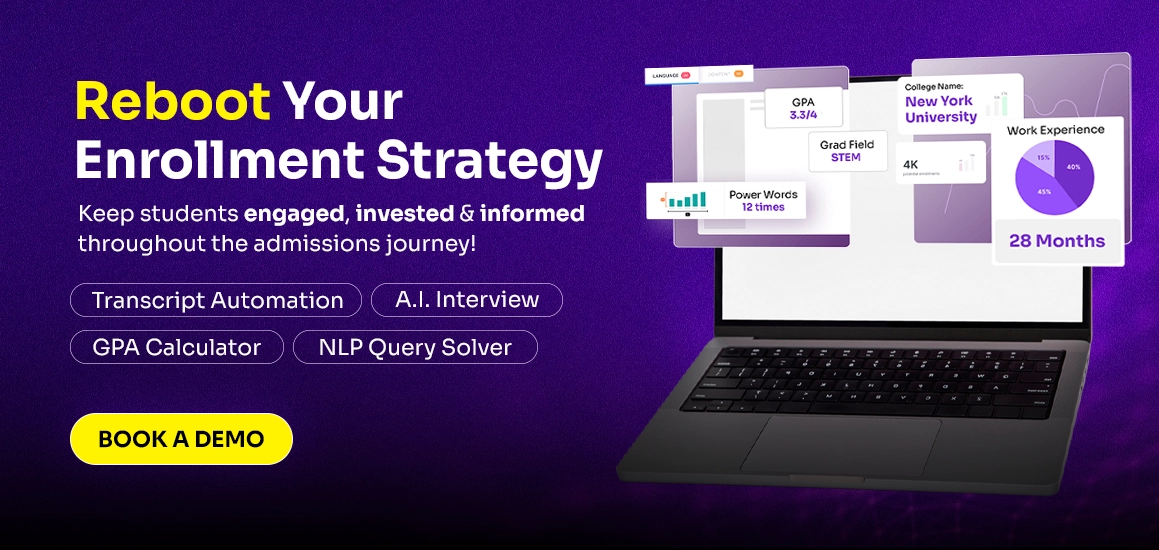





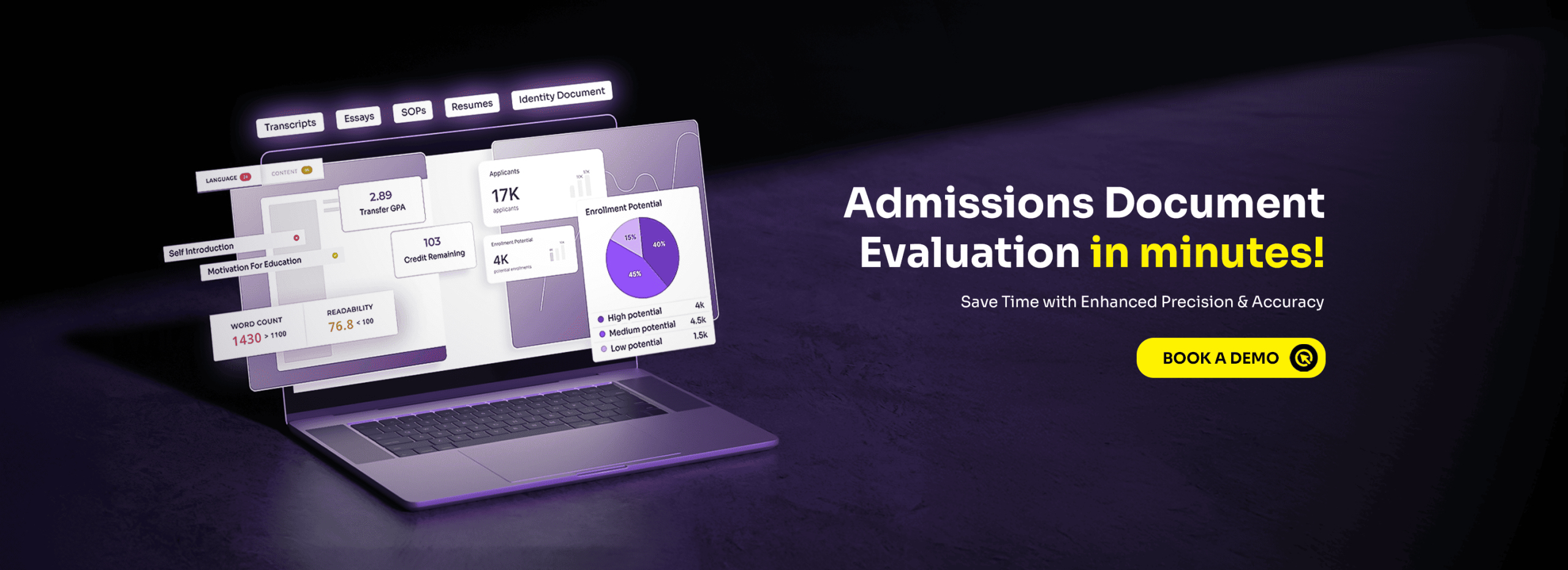

No comments yet. Be the first to comment!
Leave a Comment